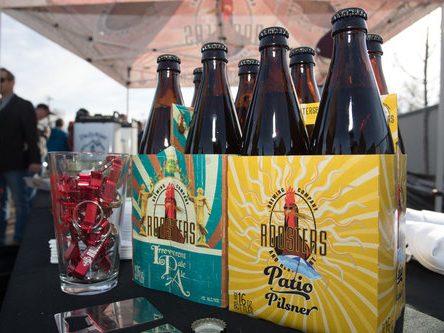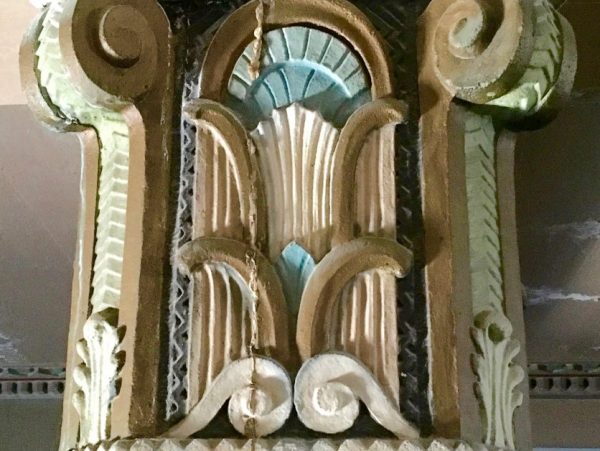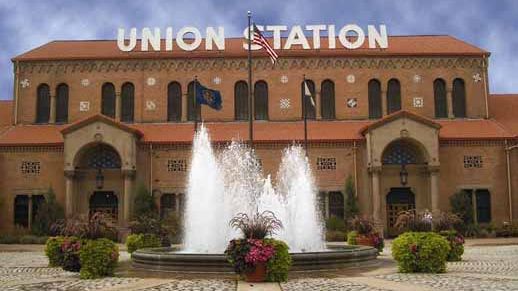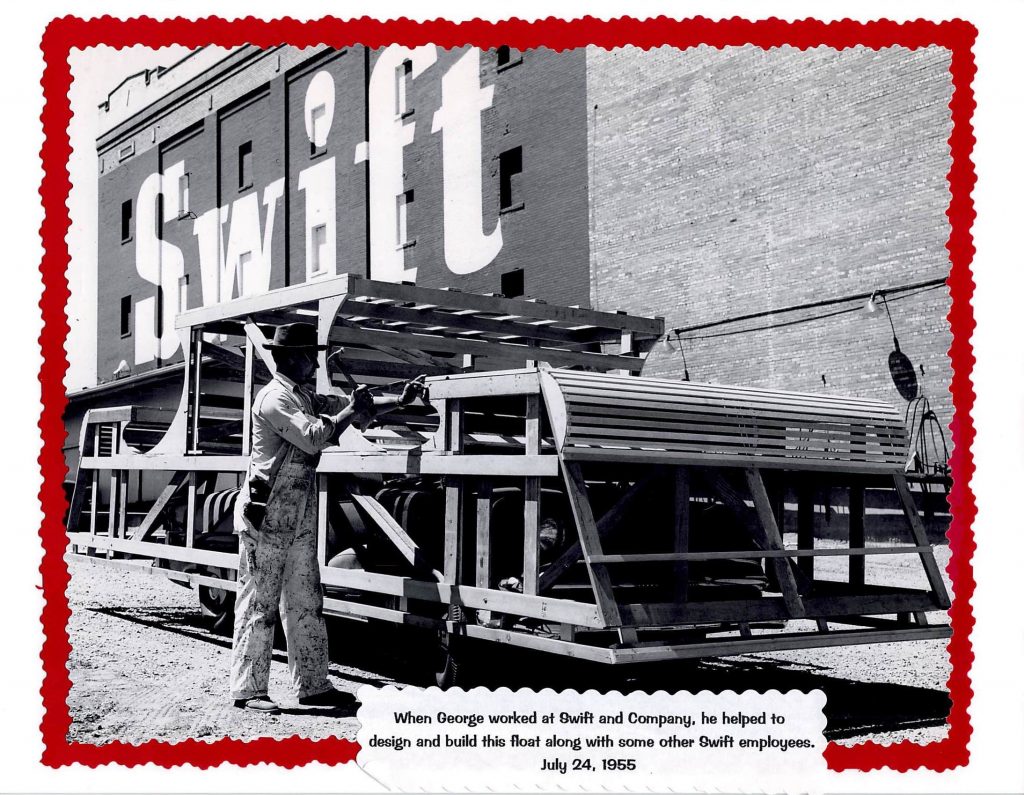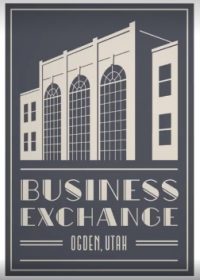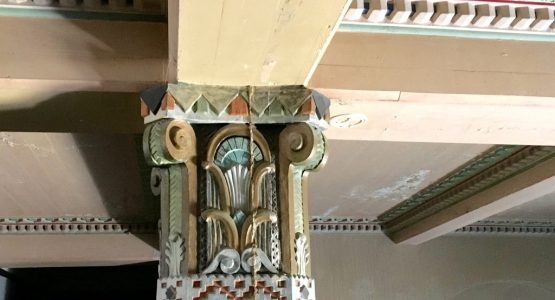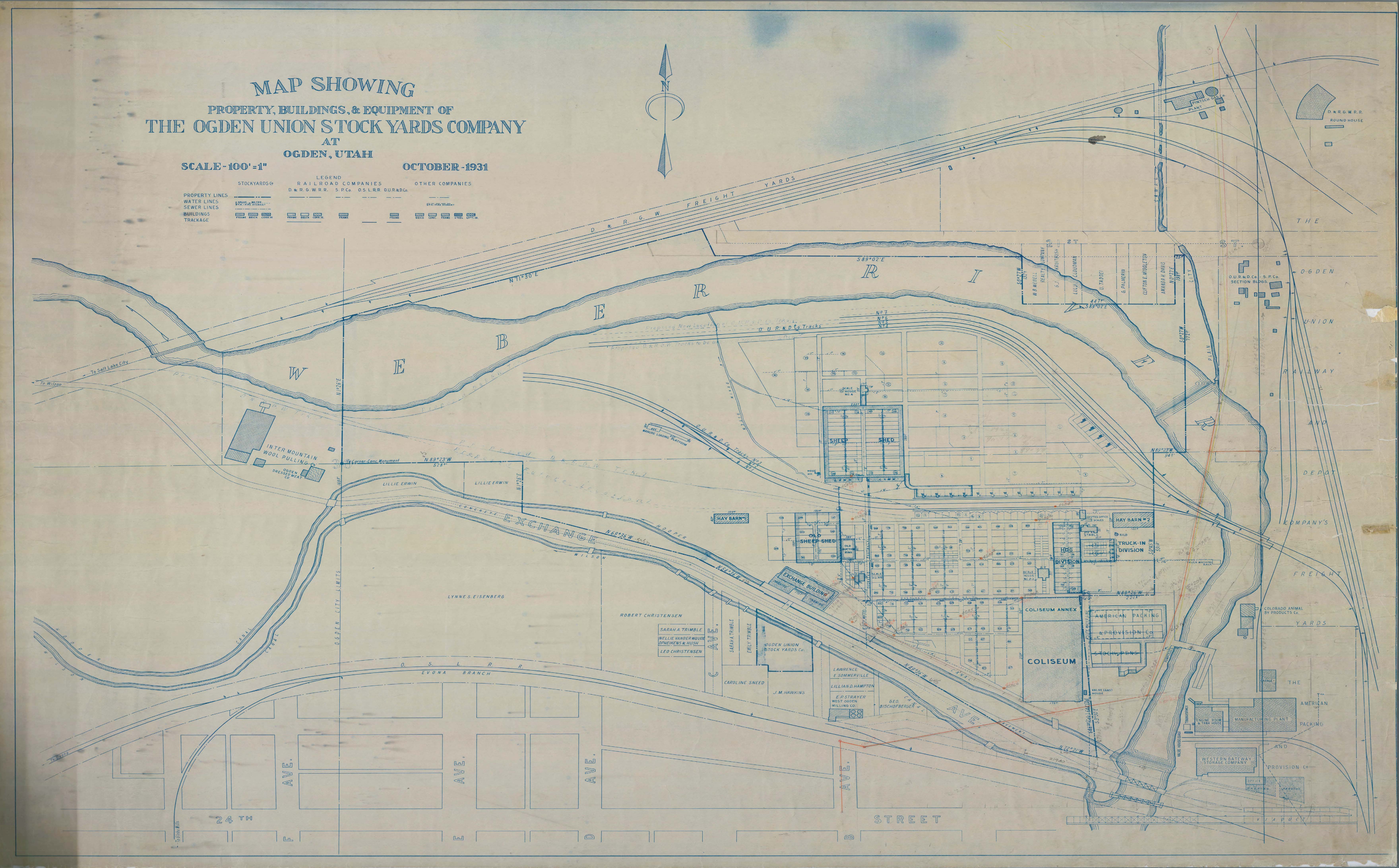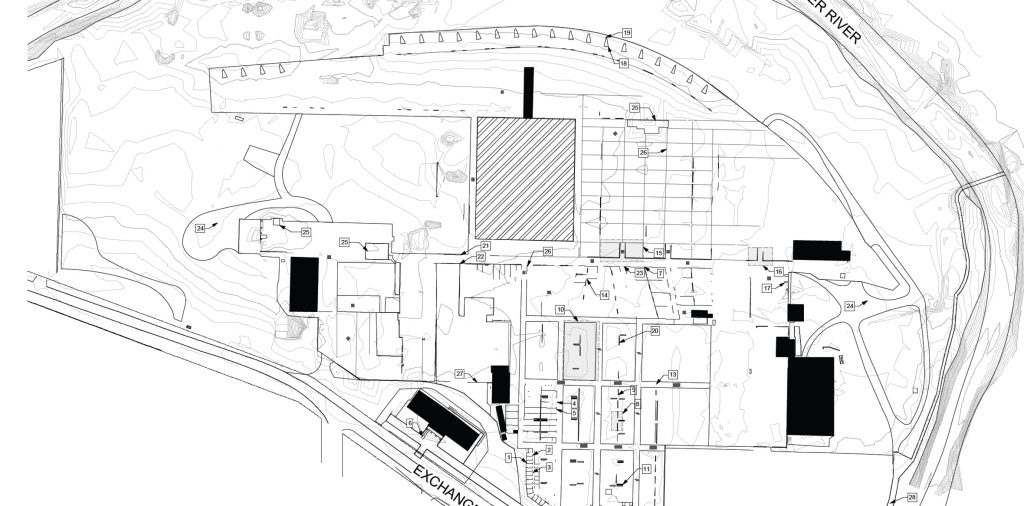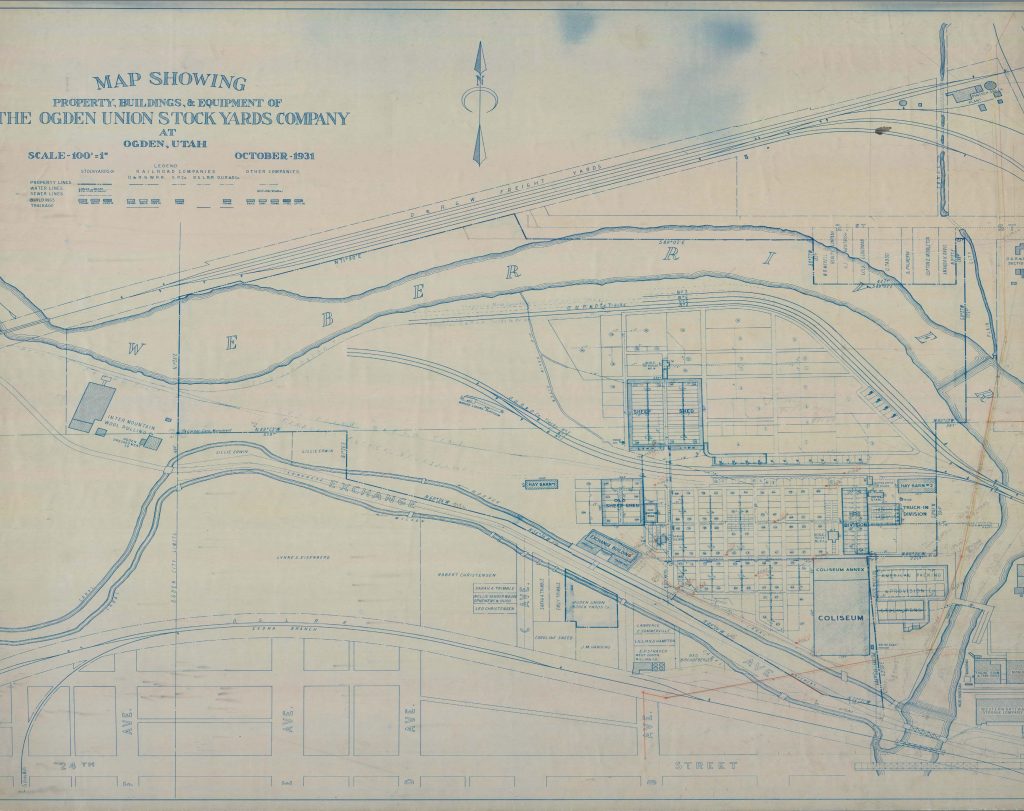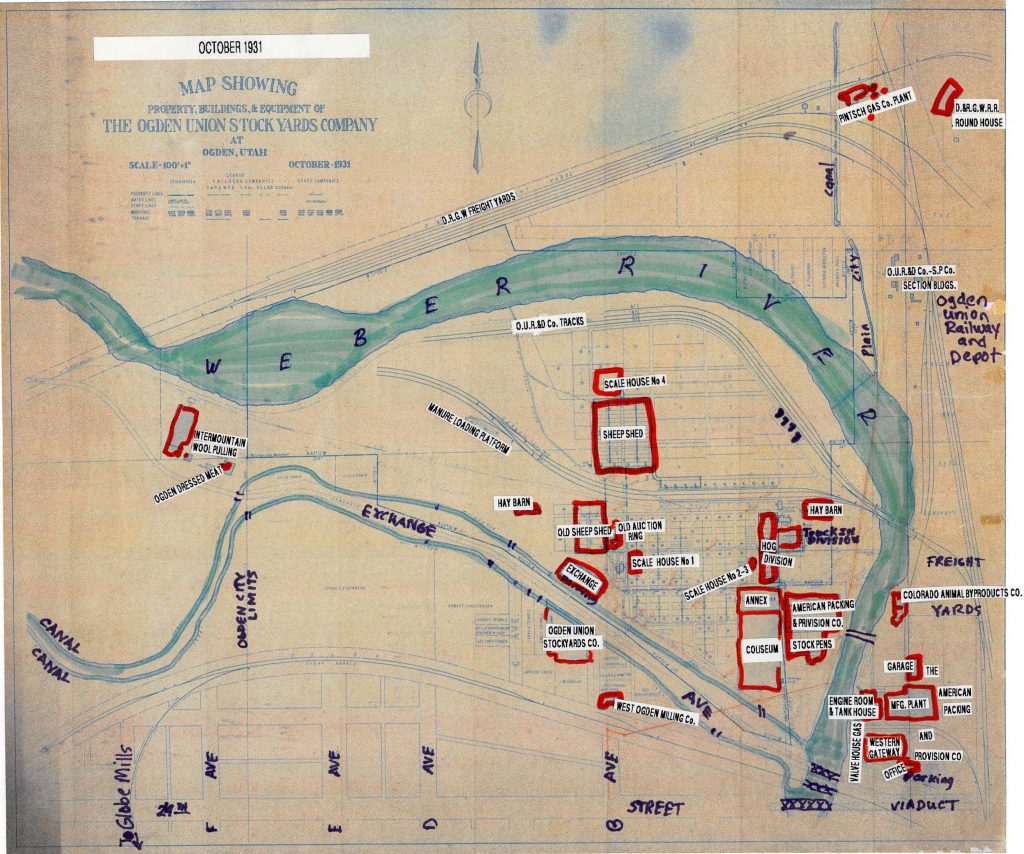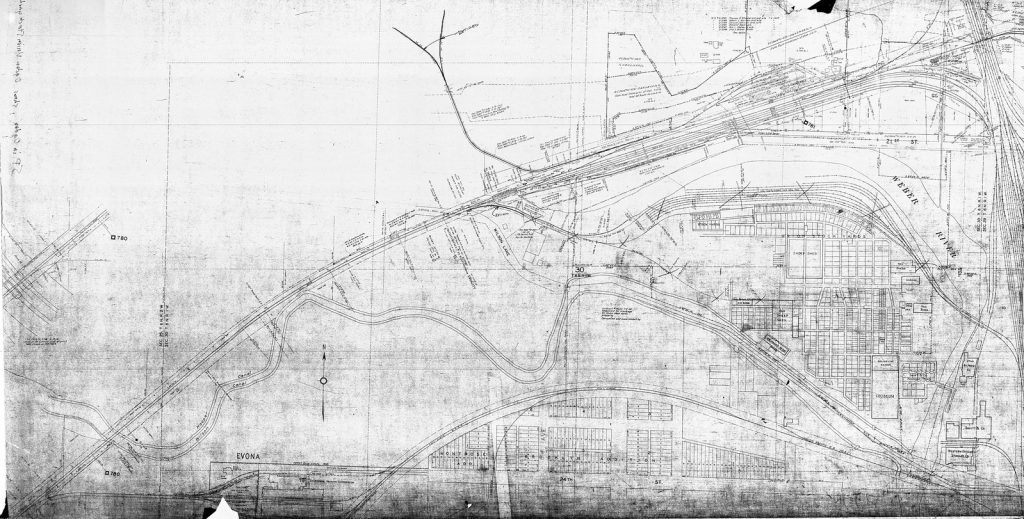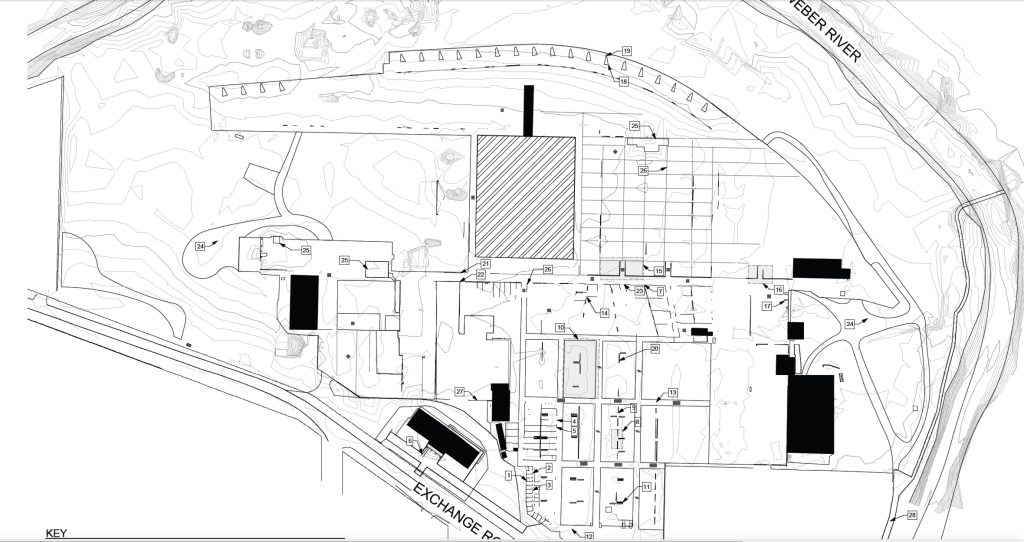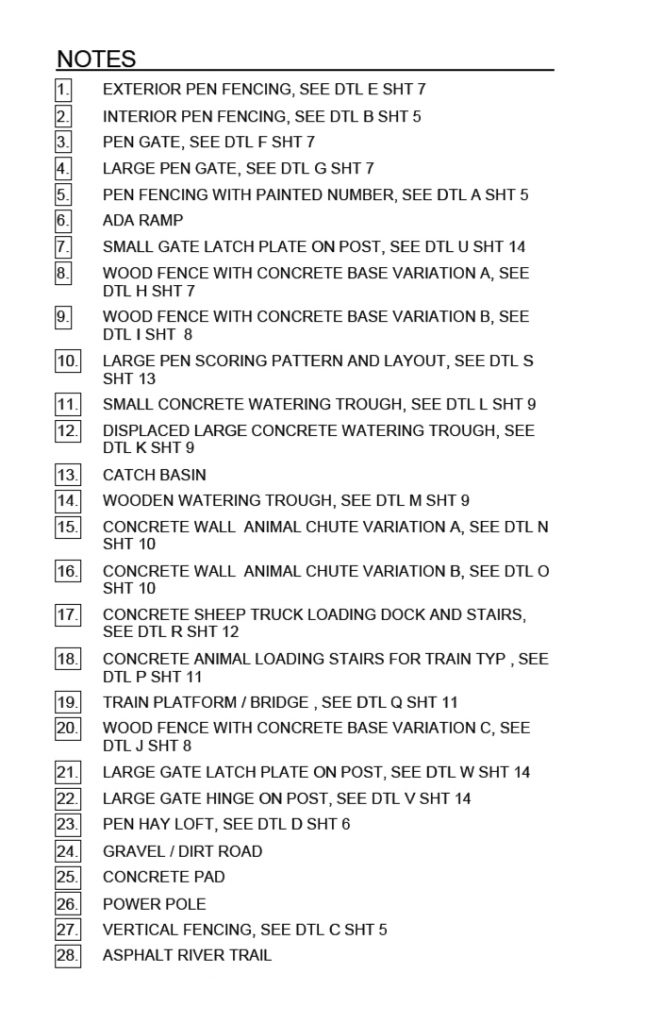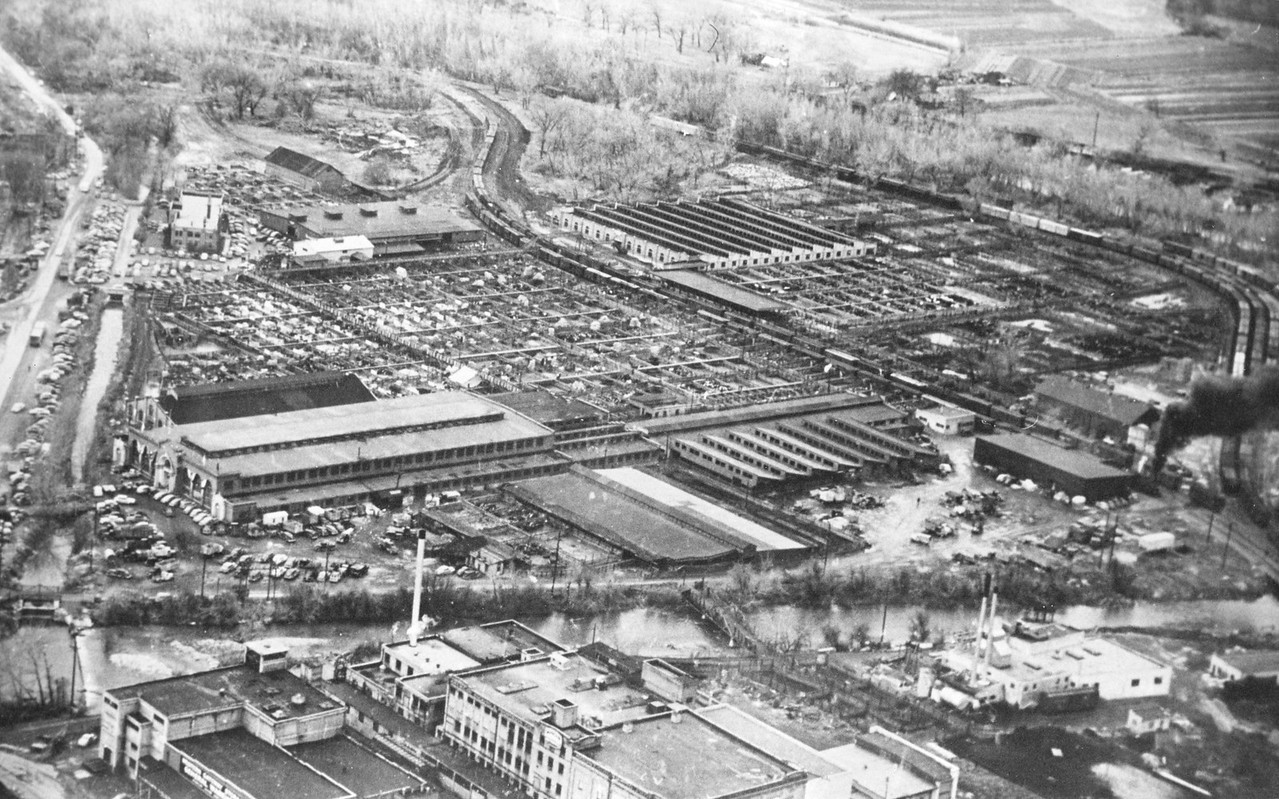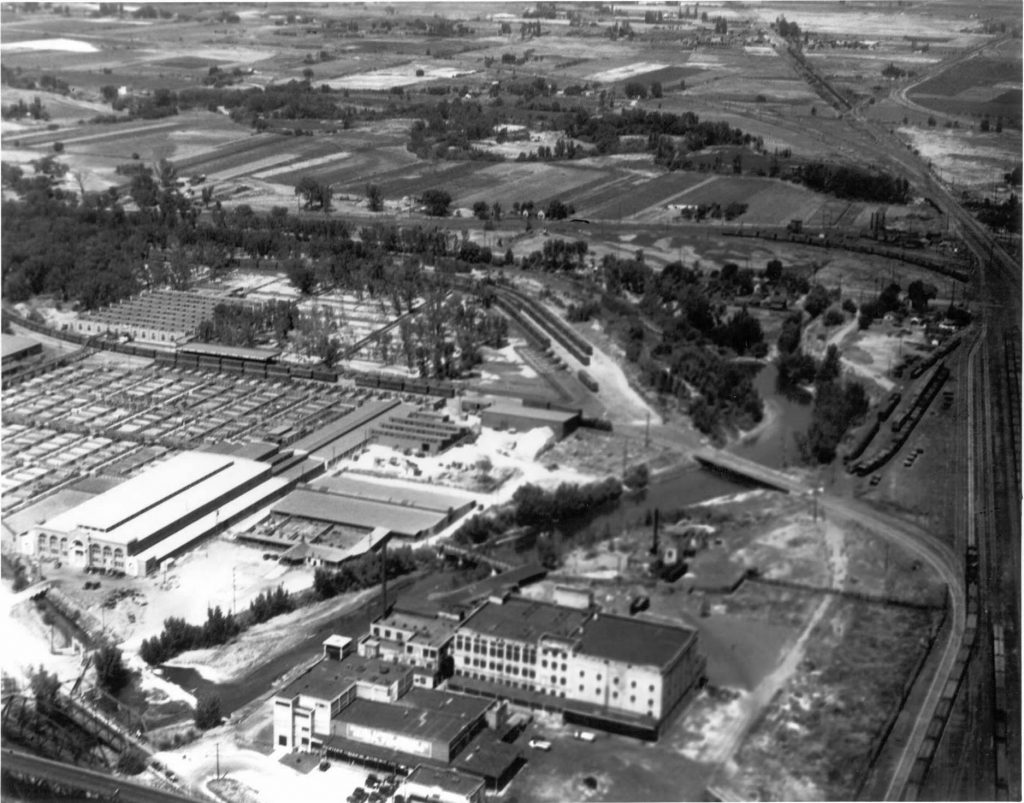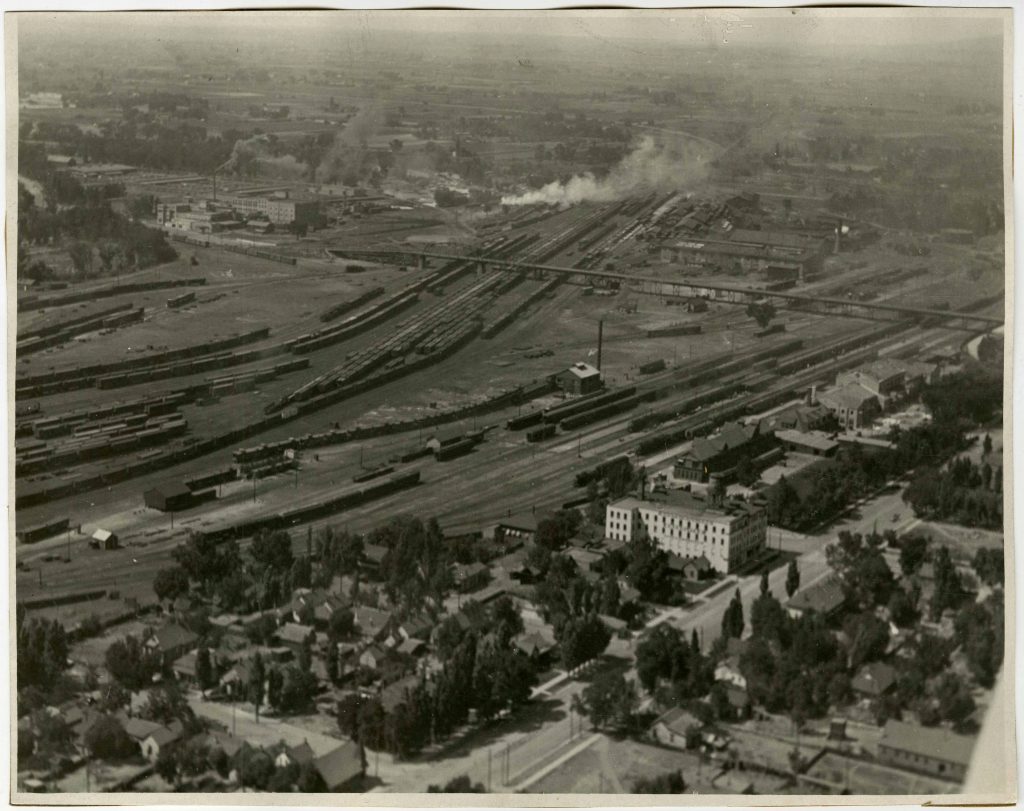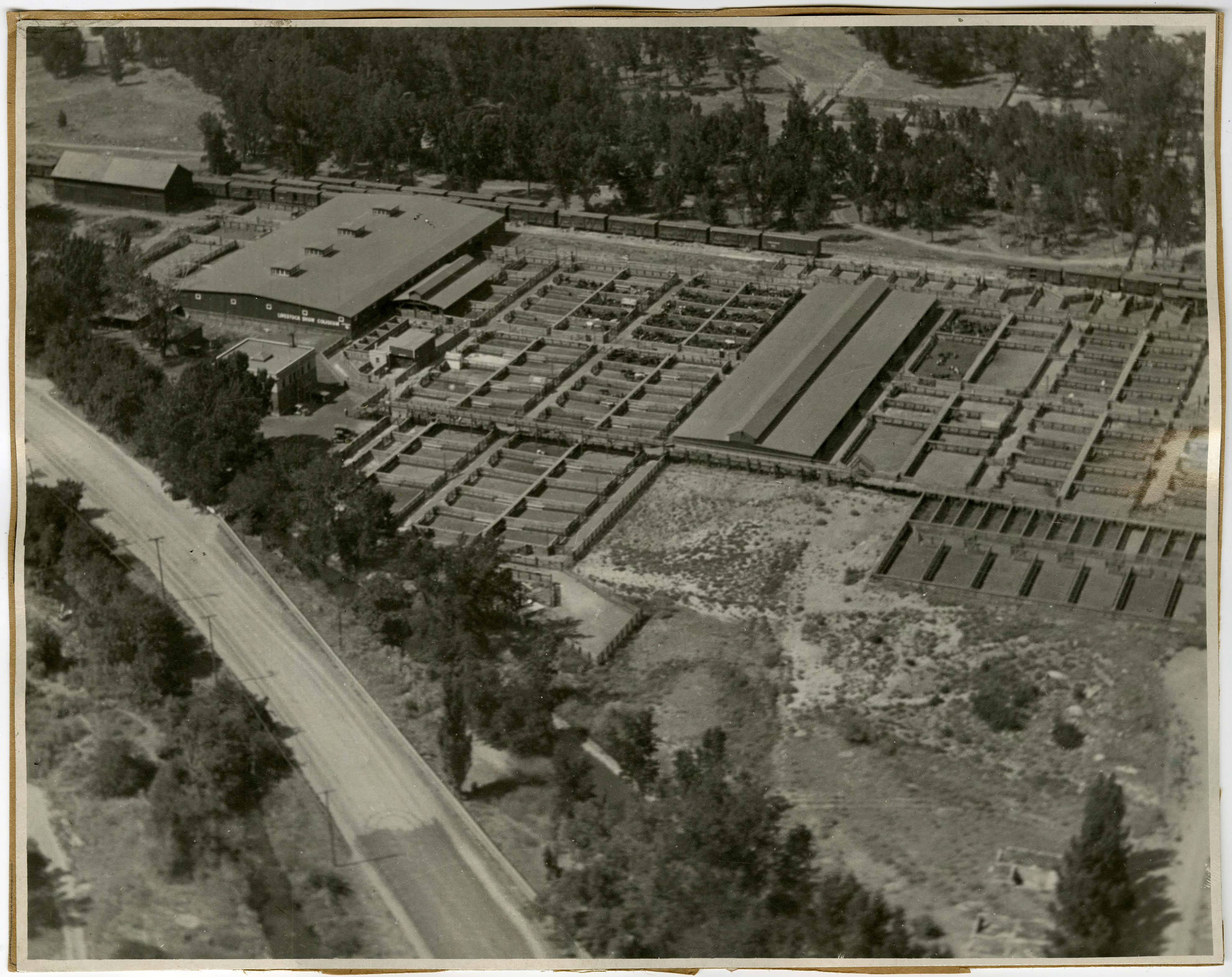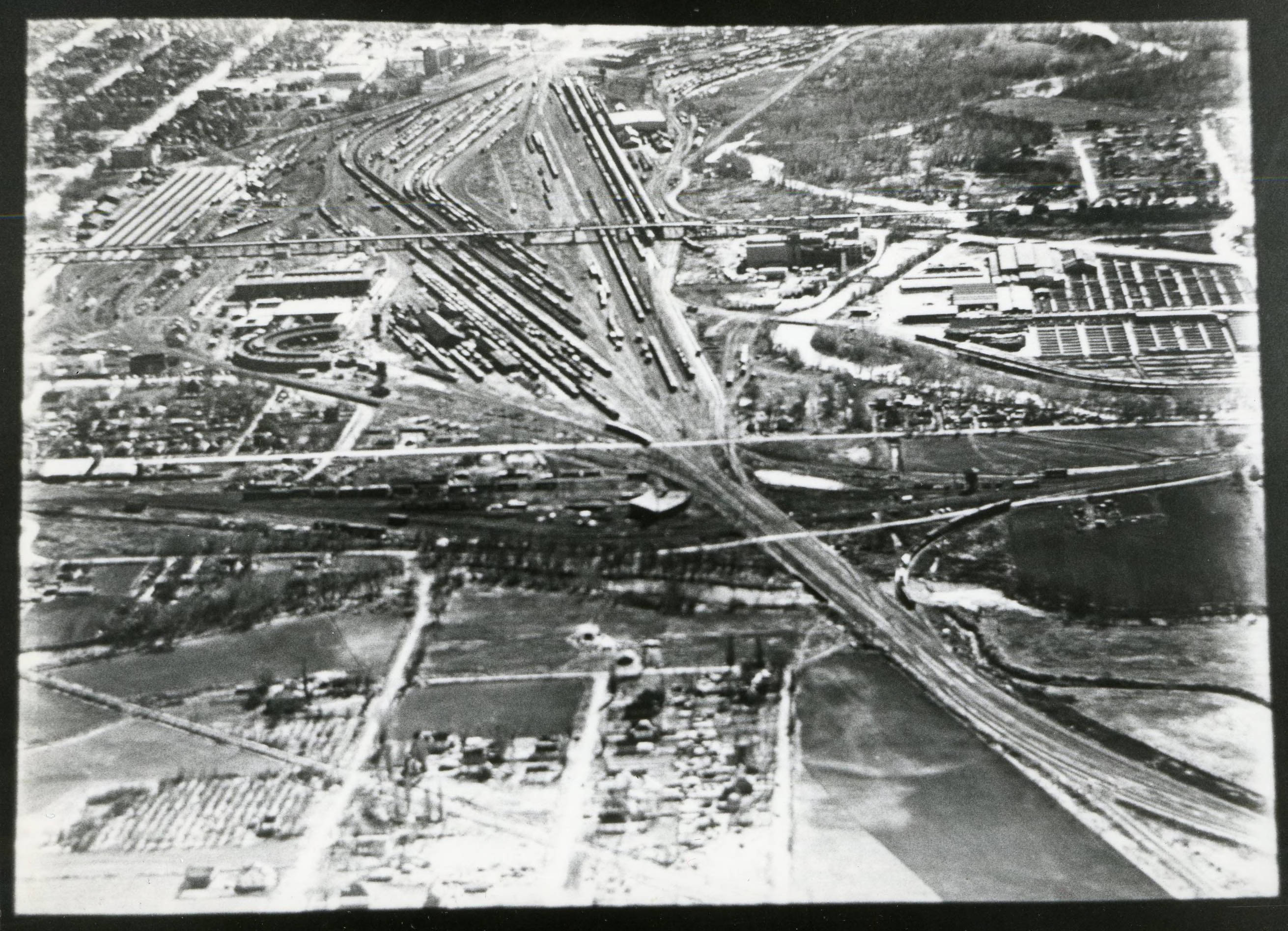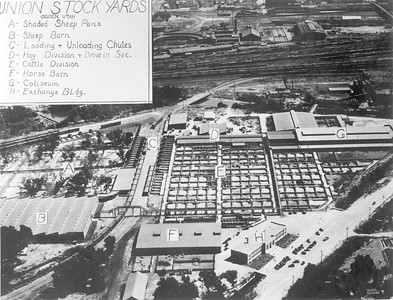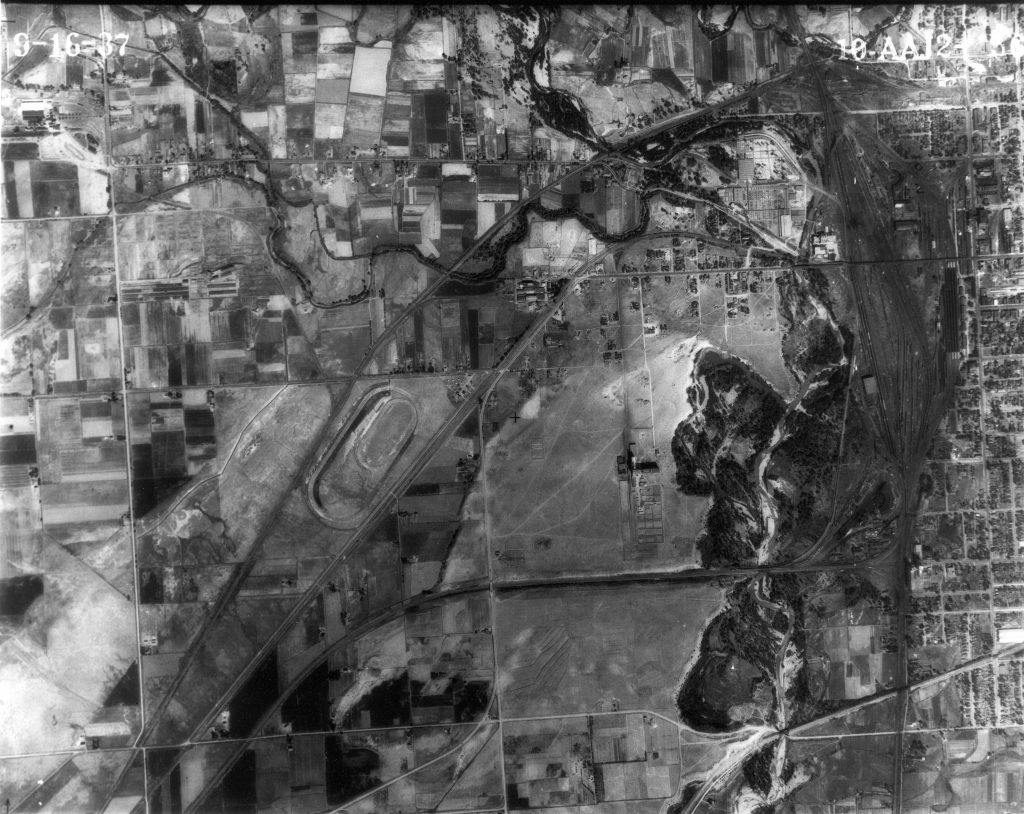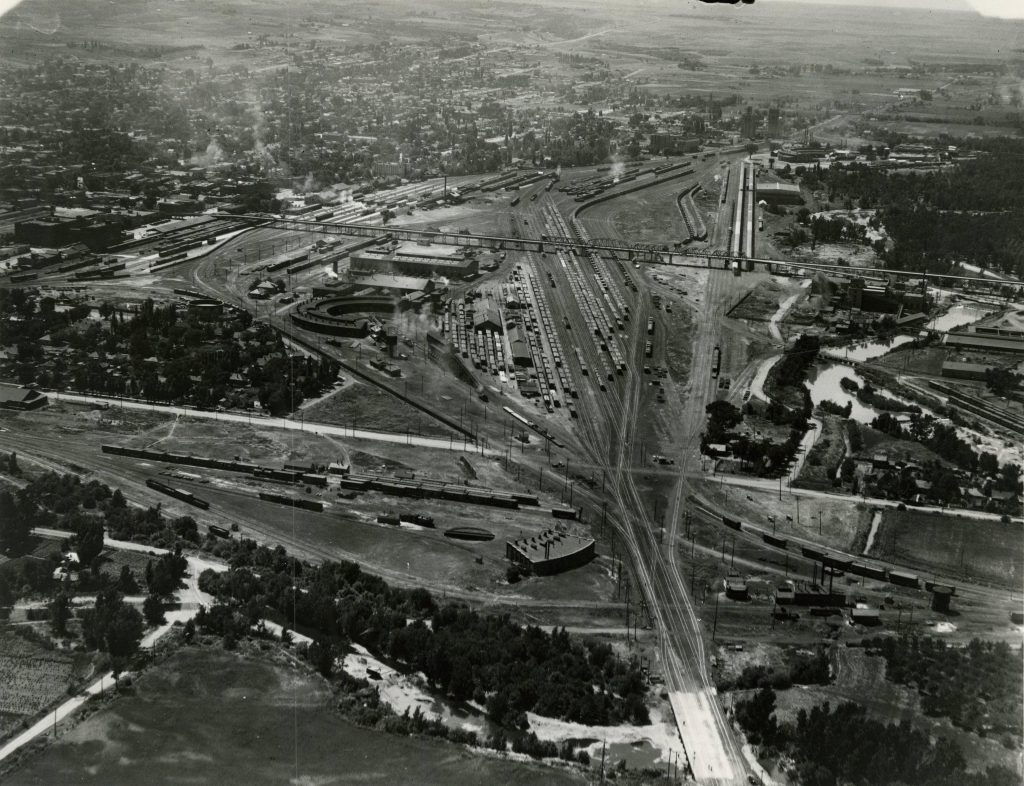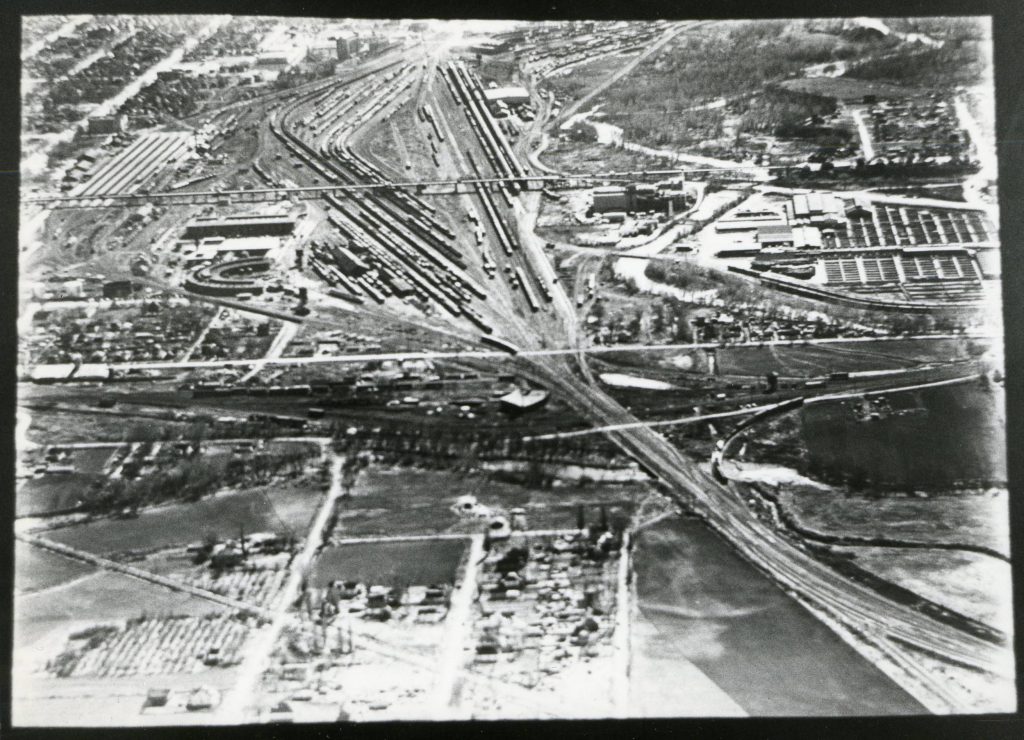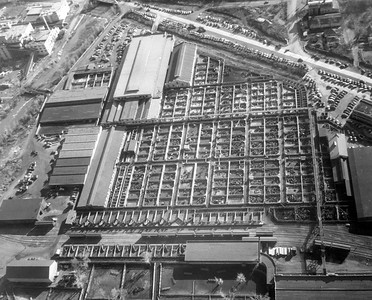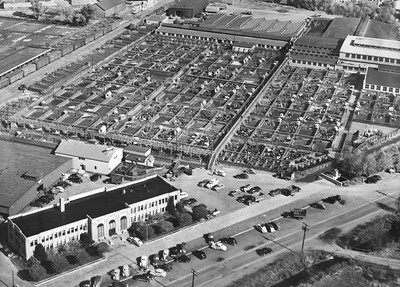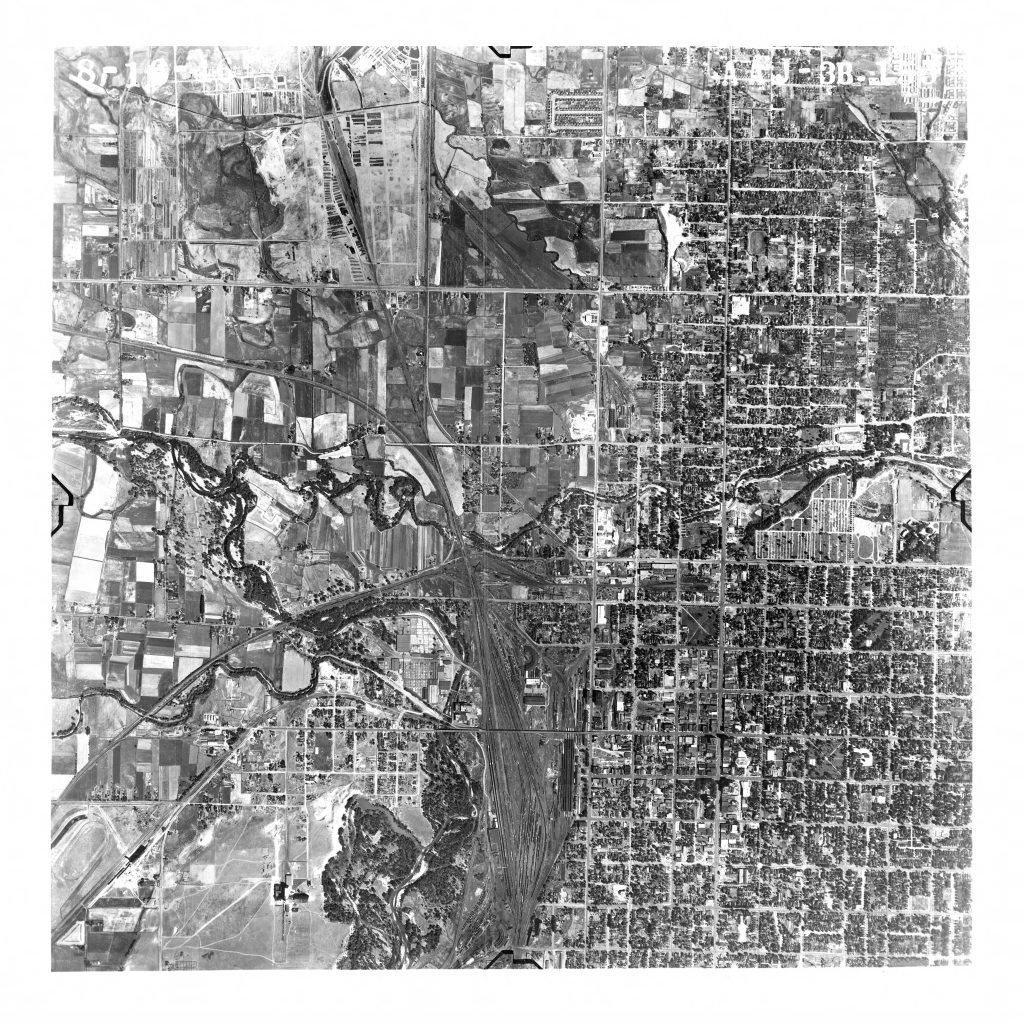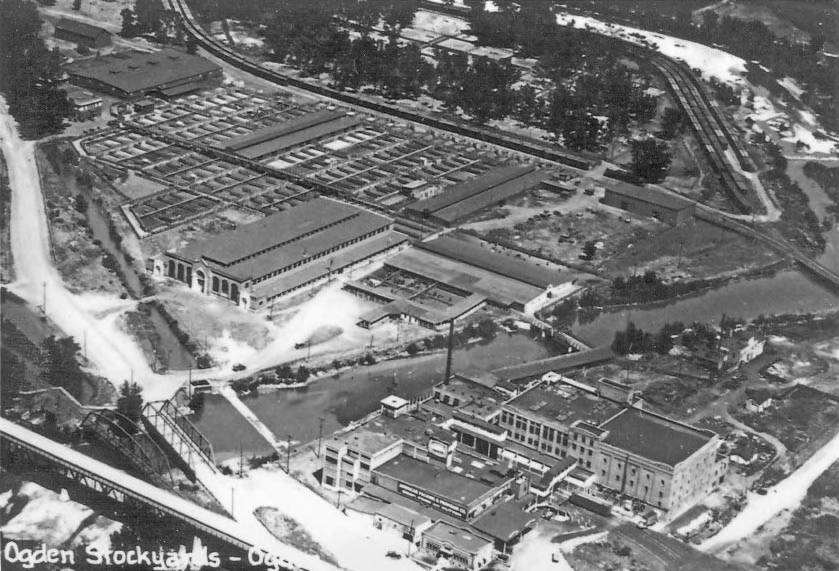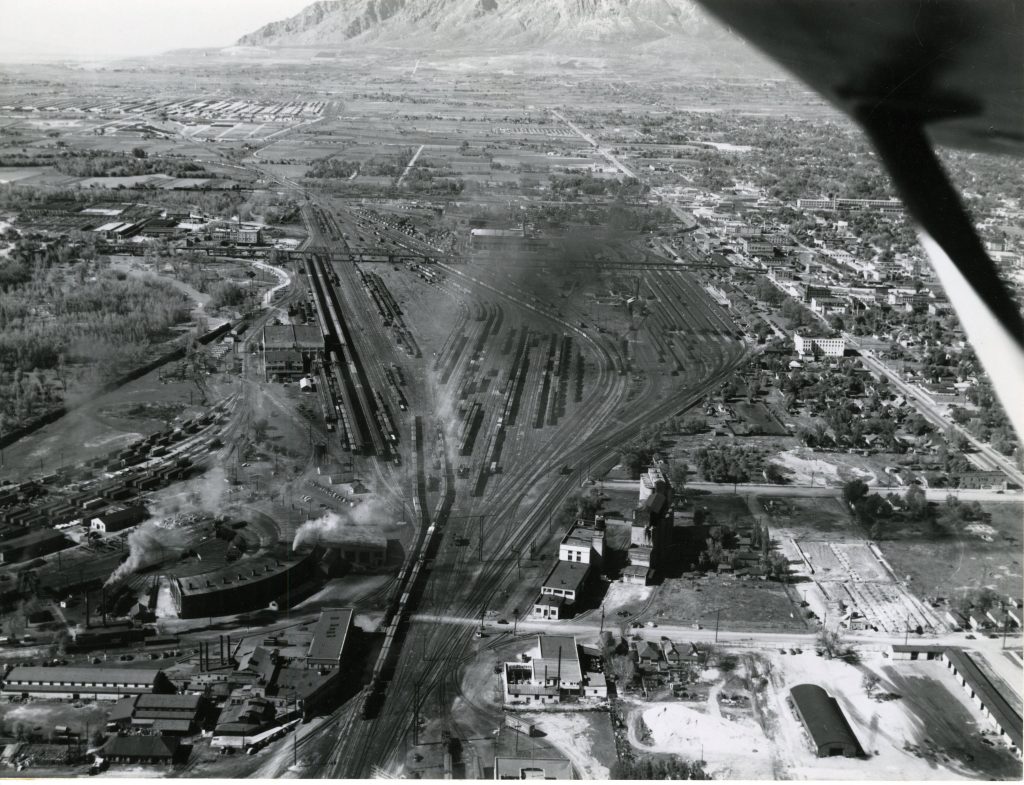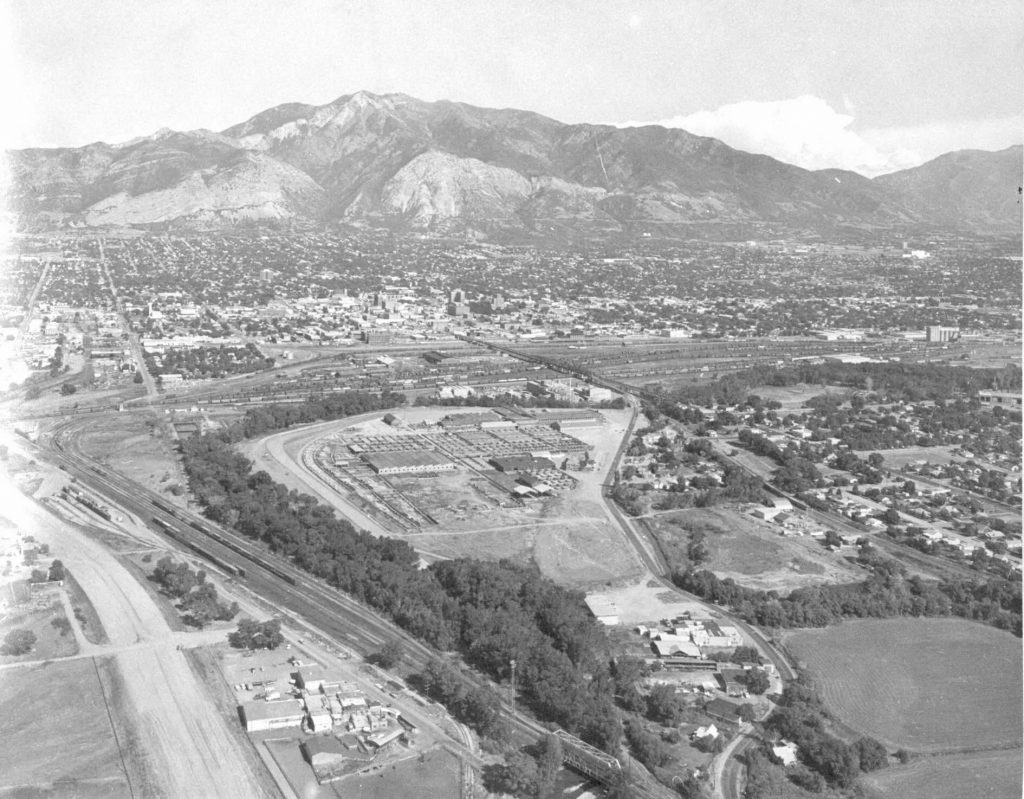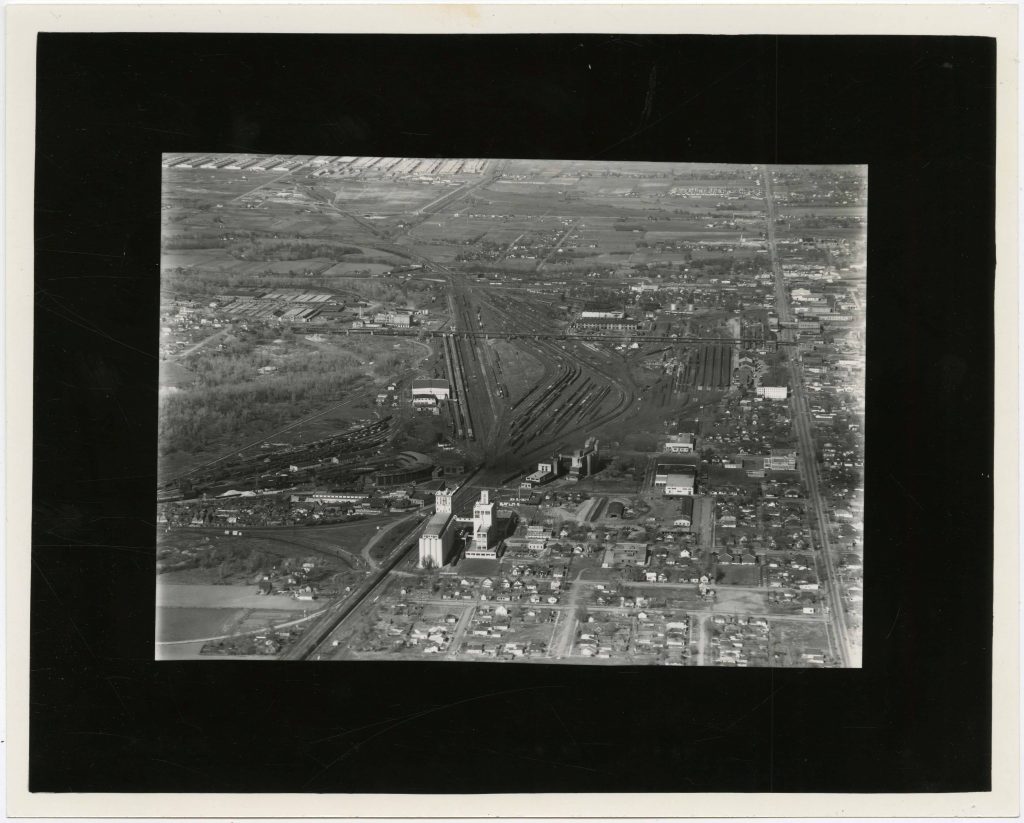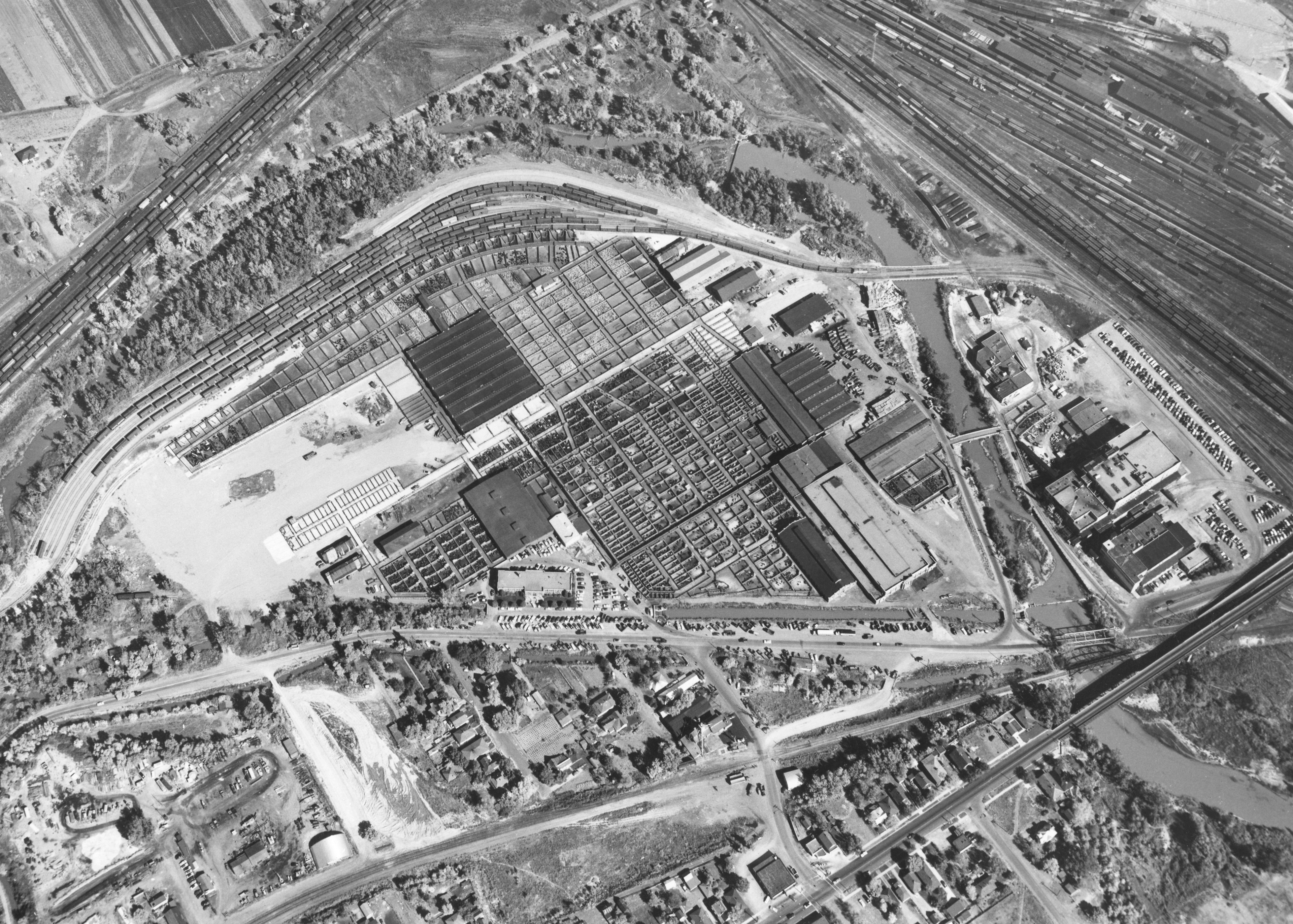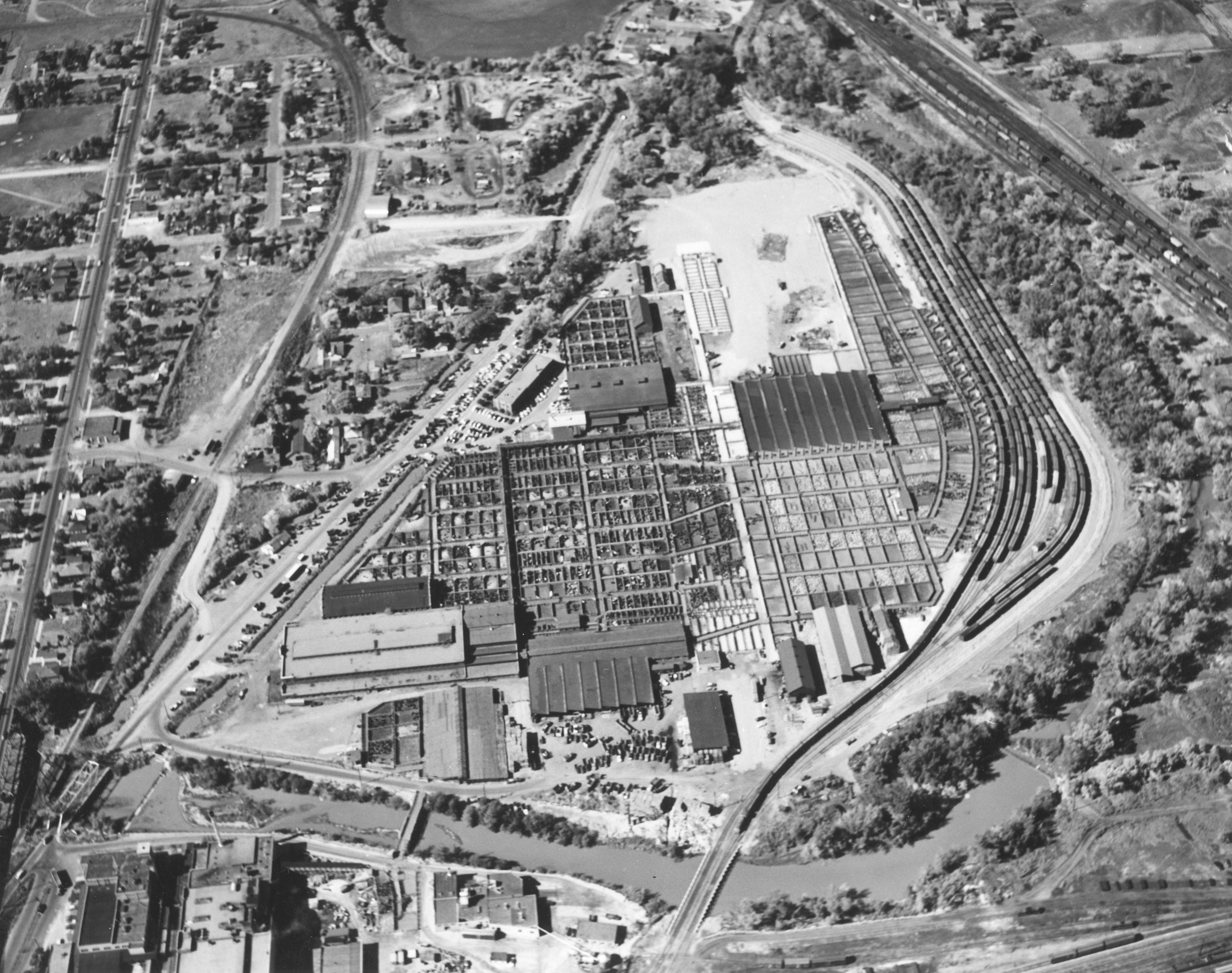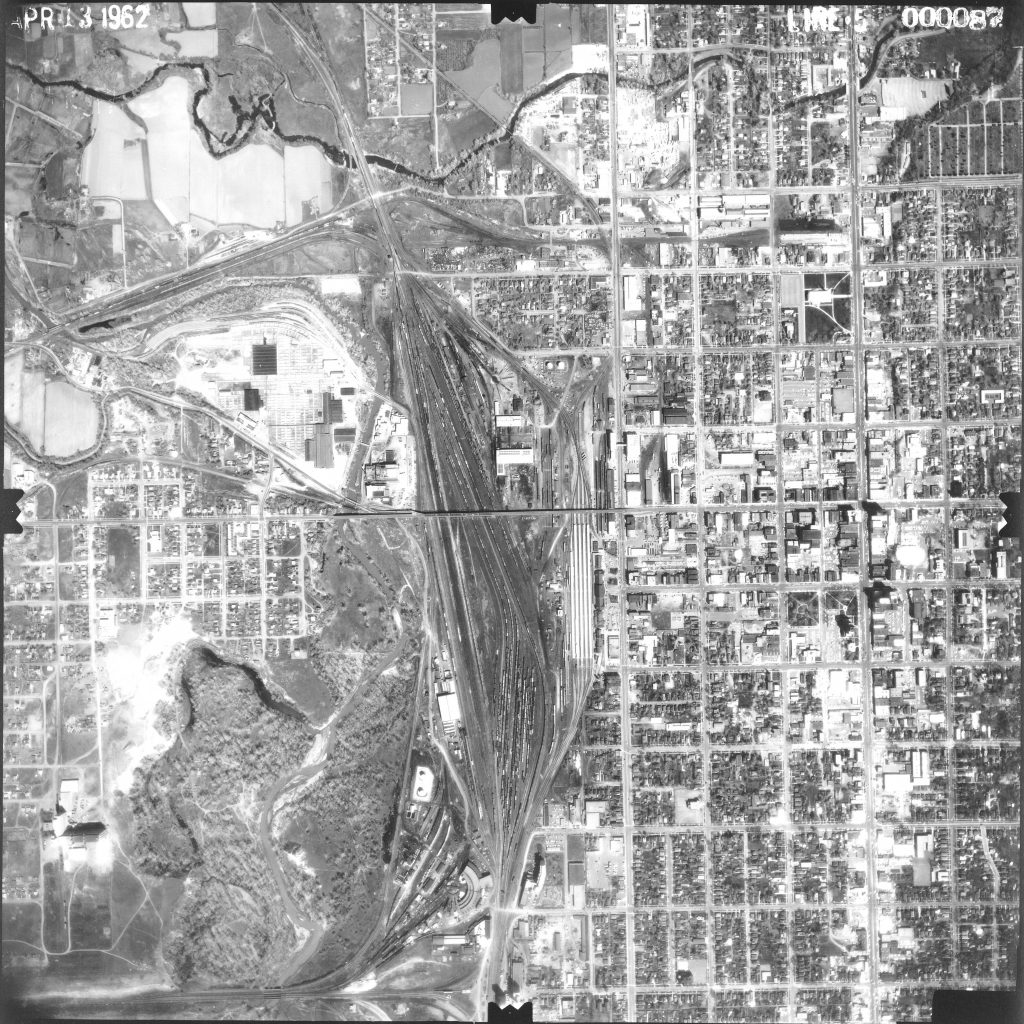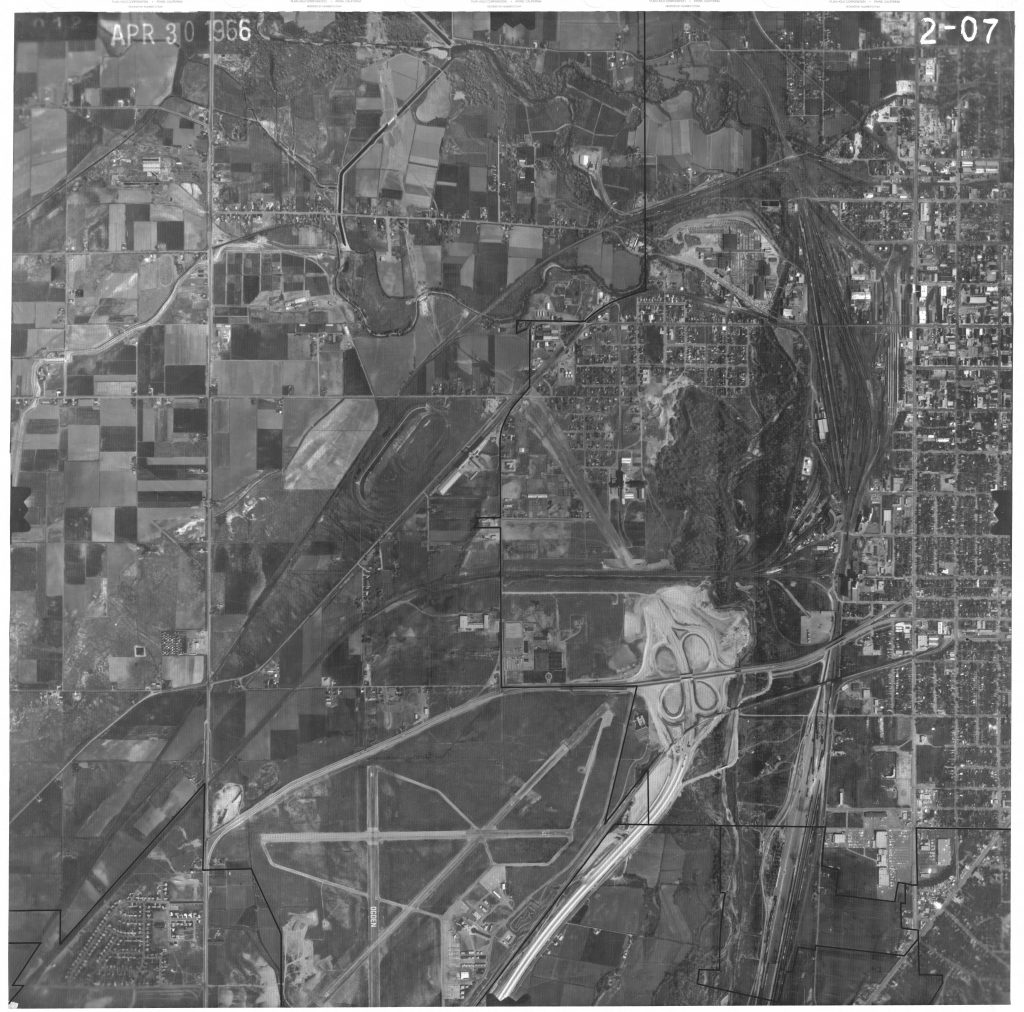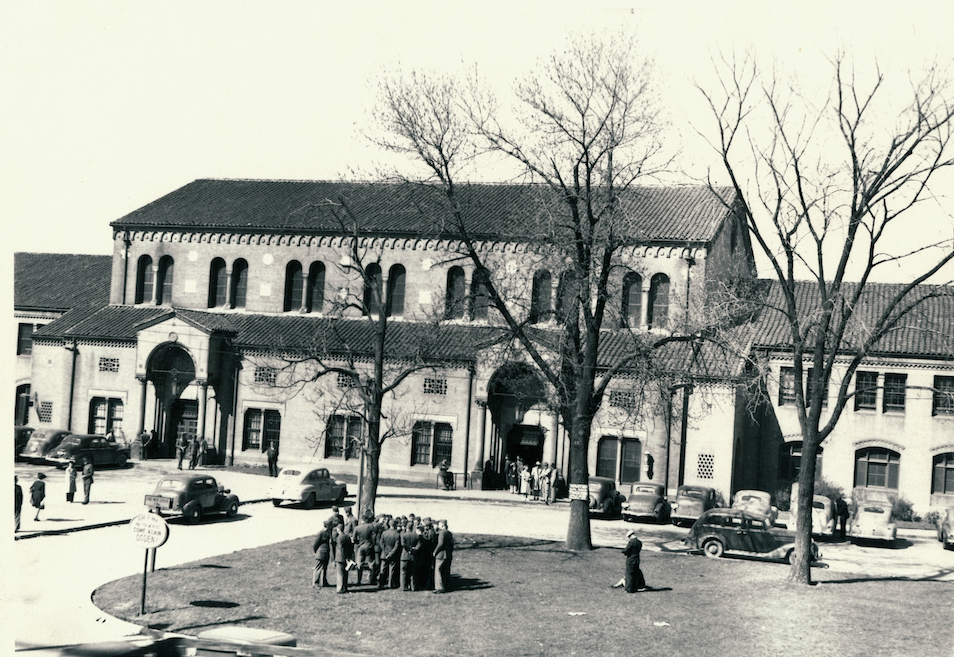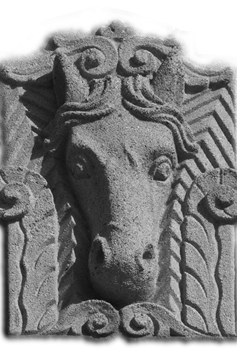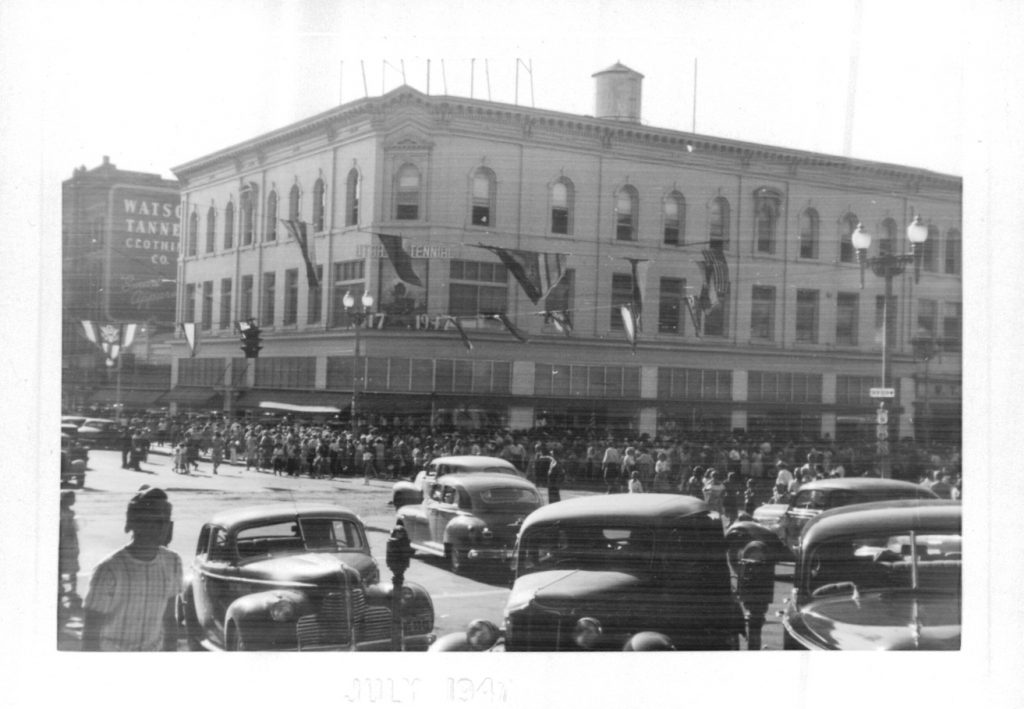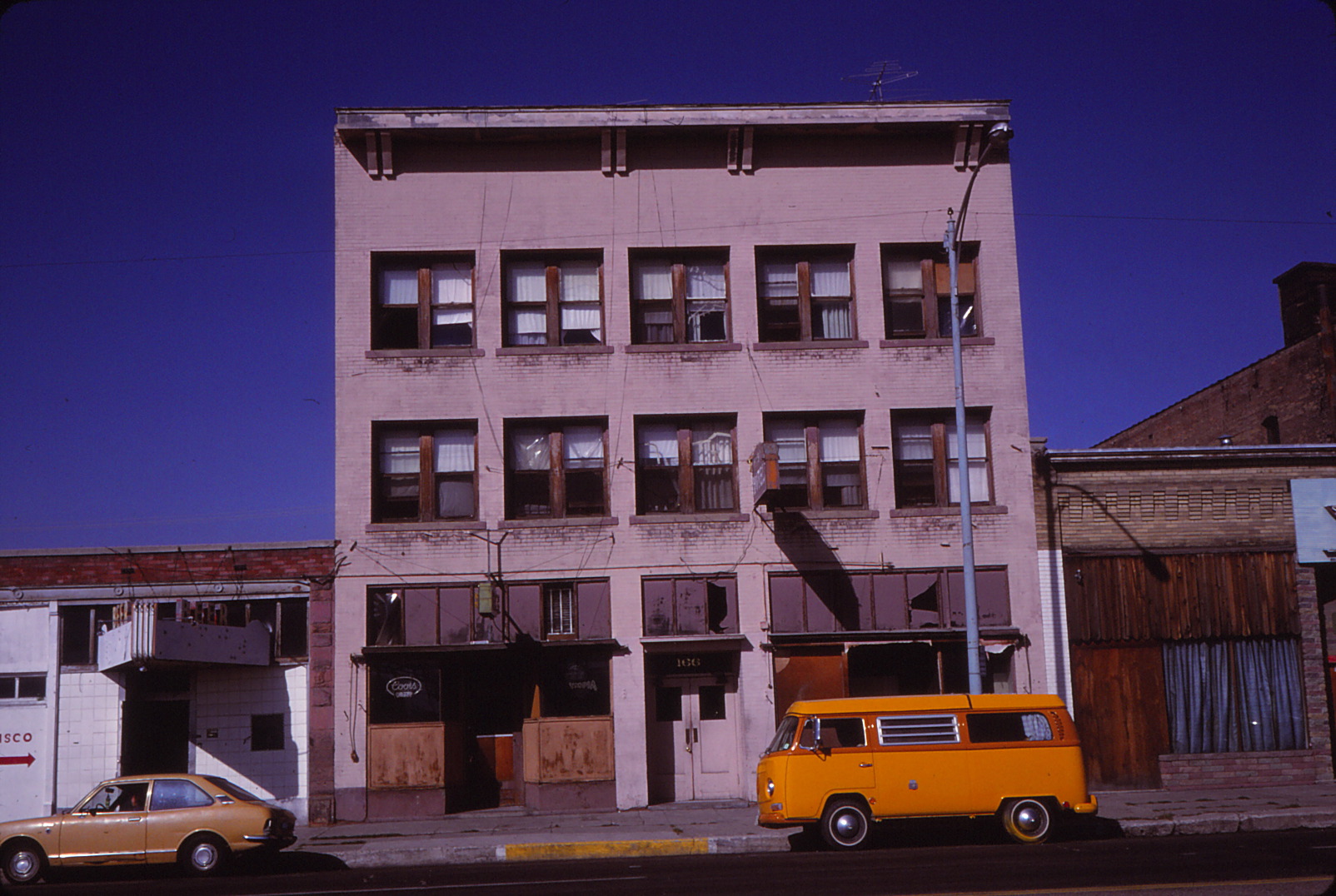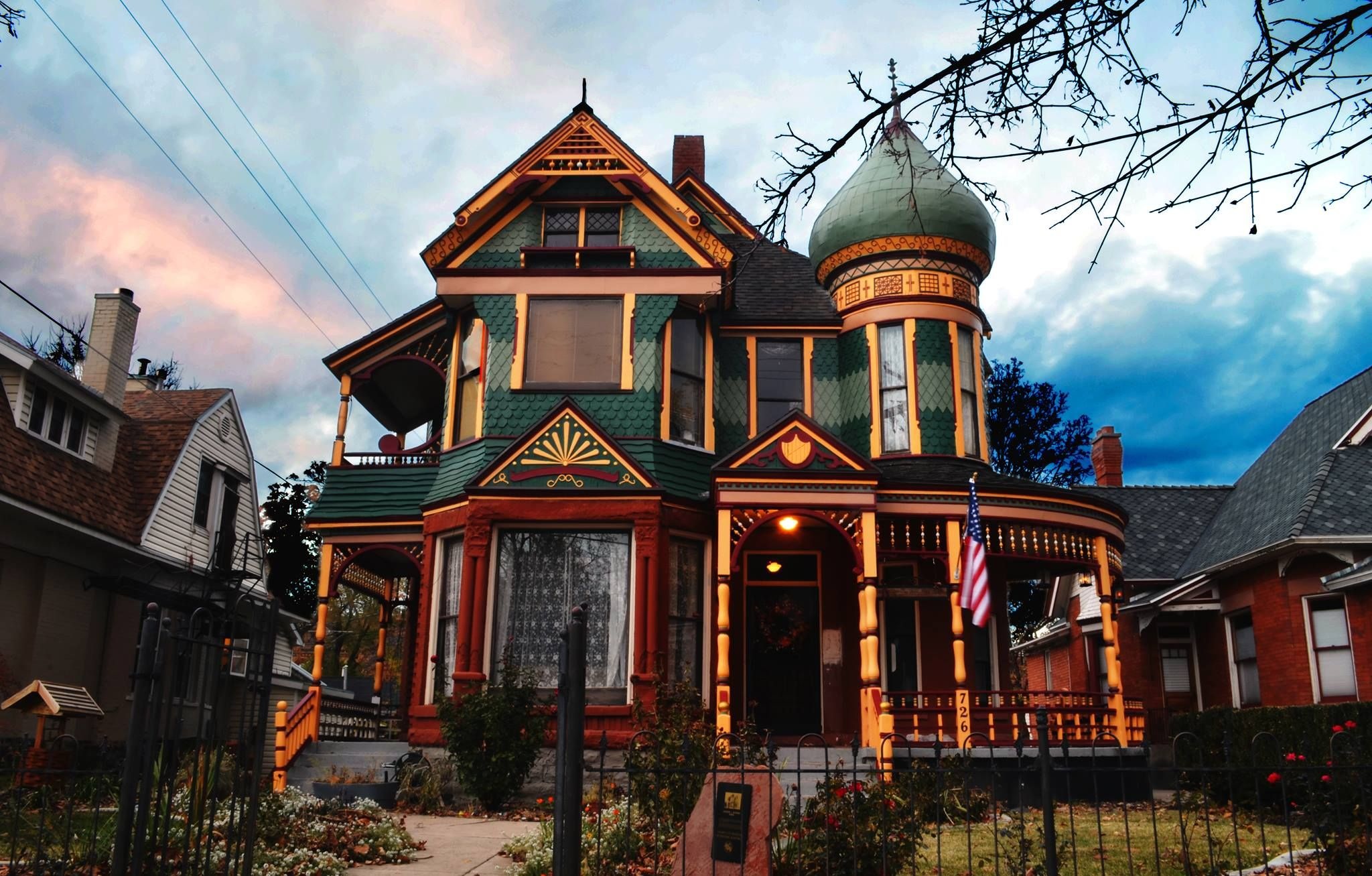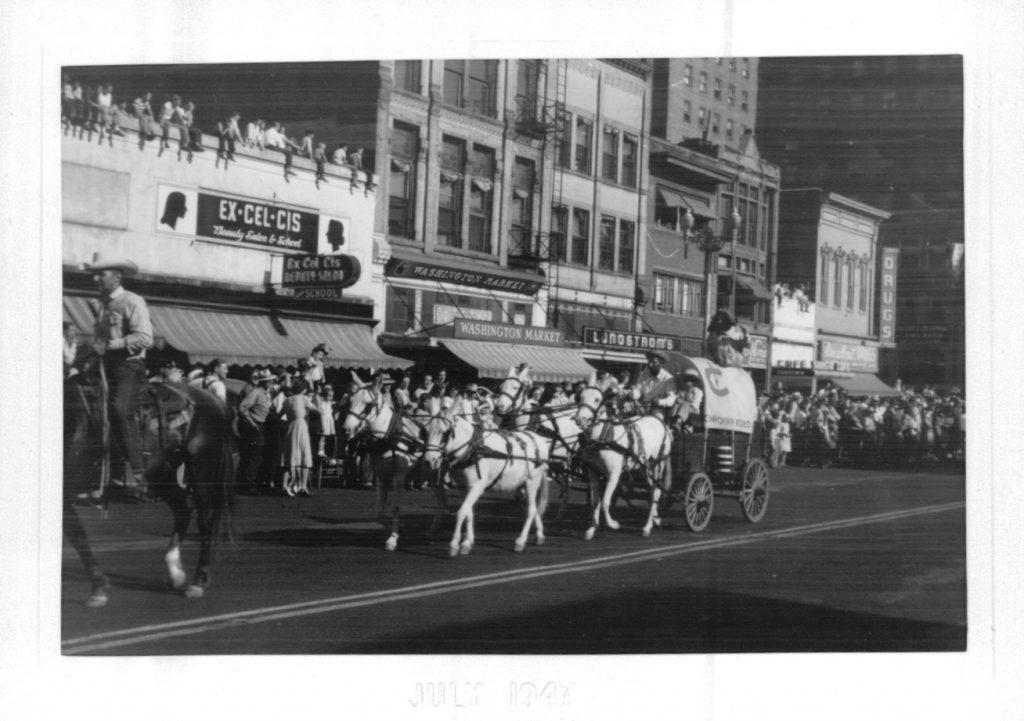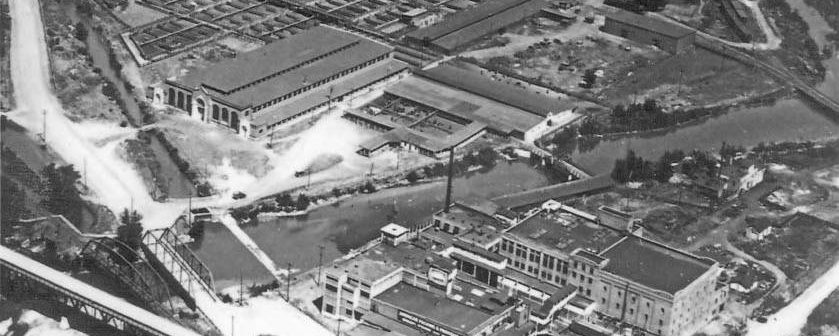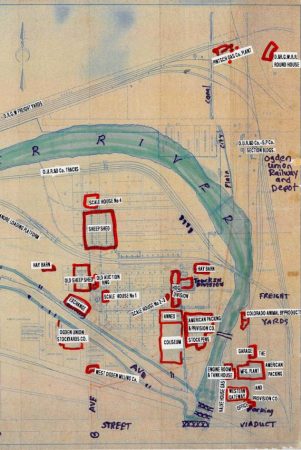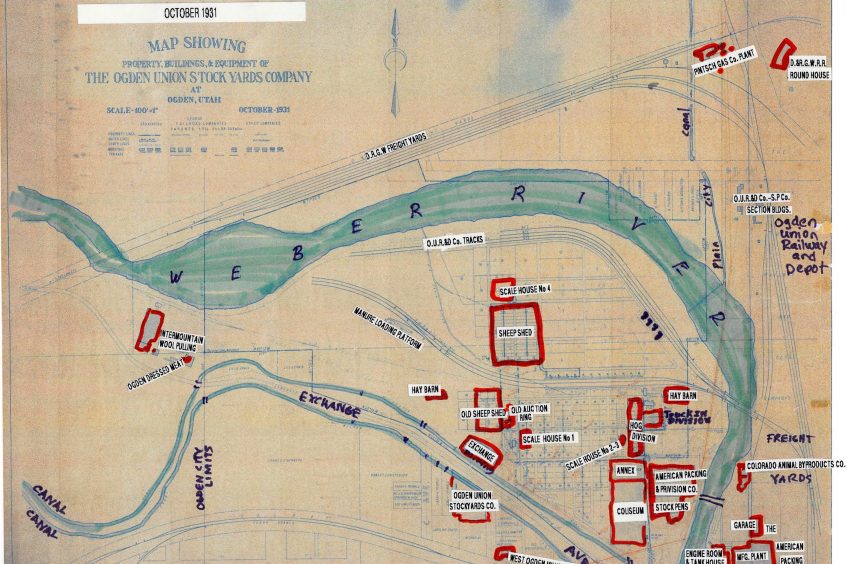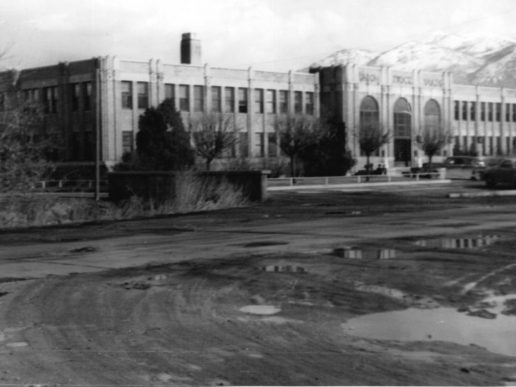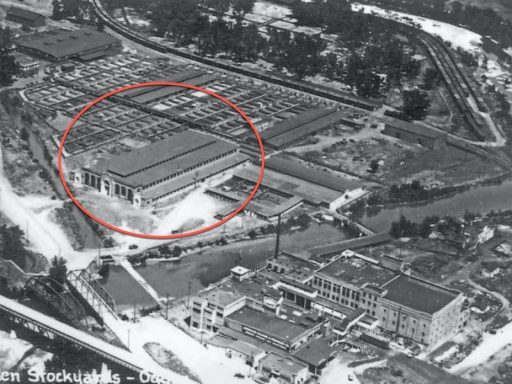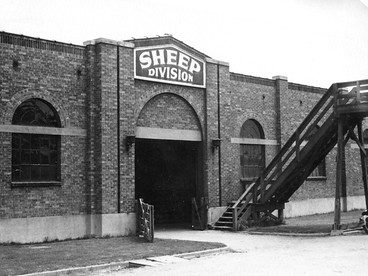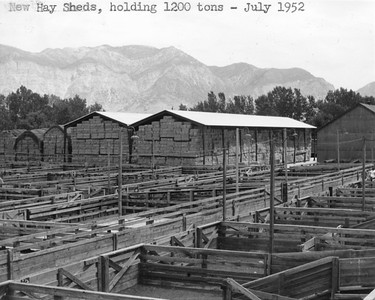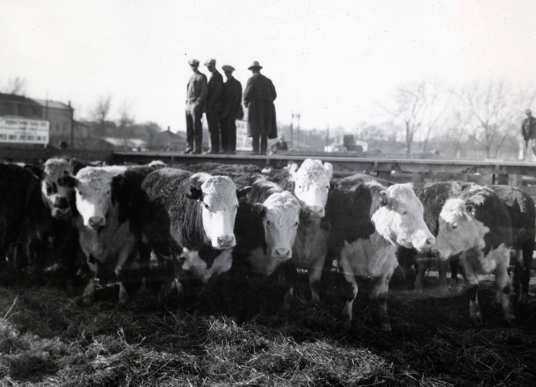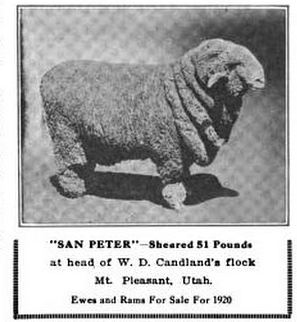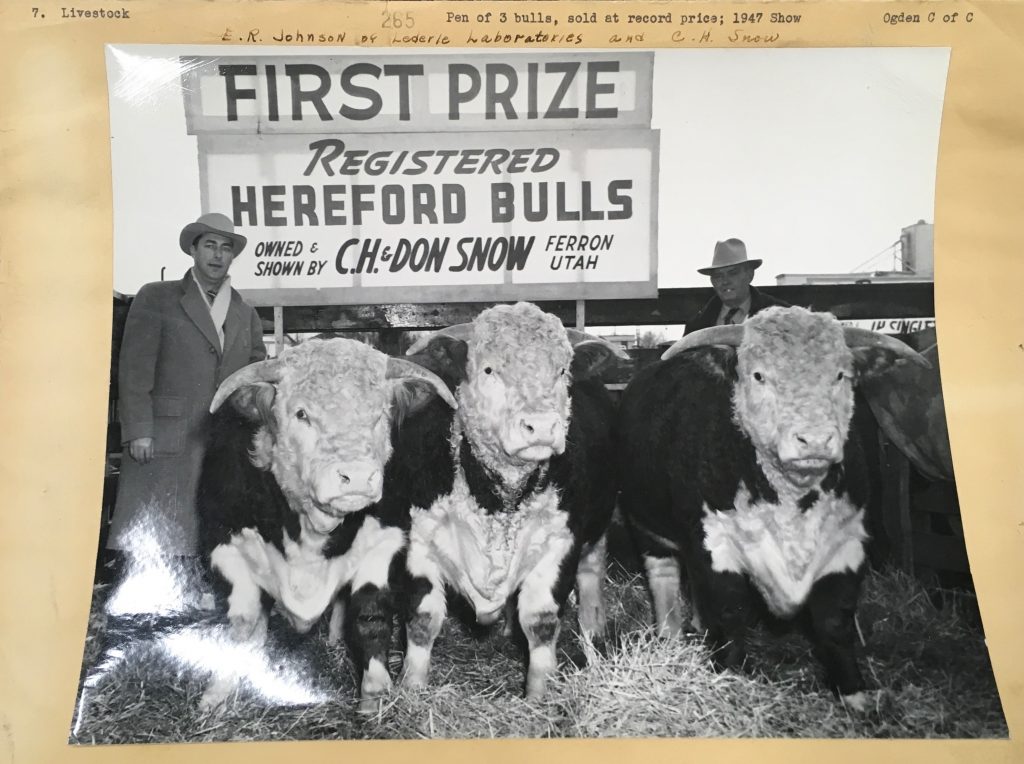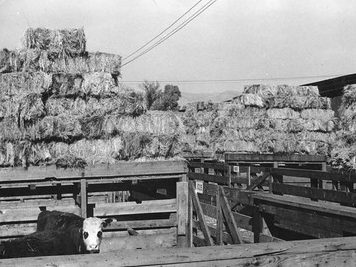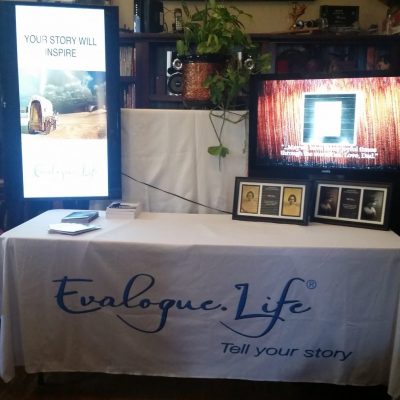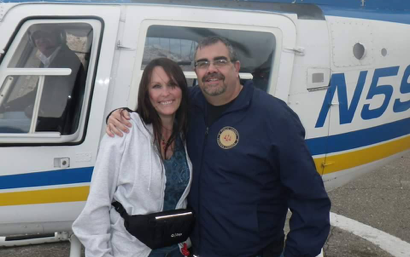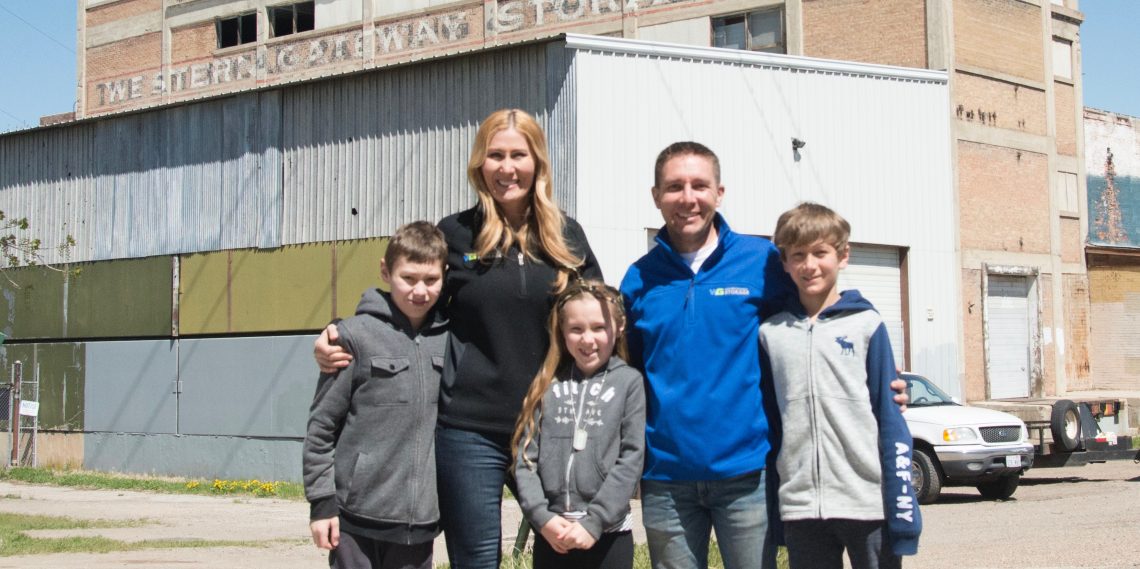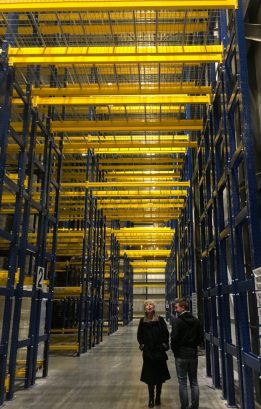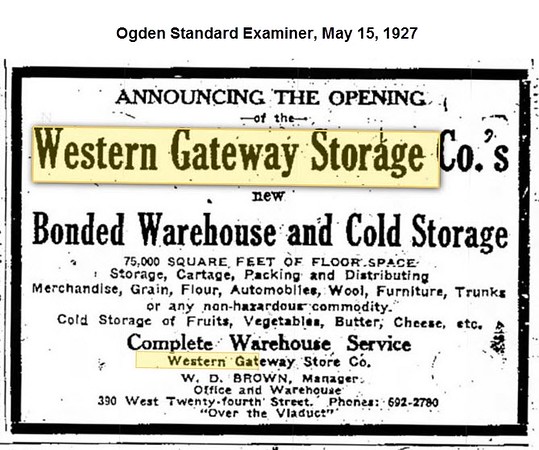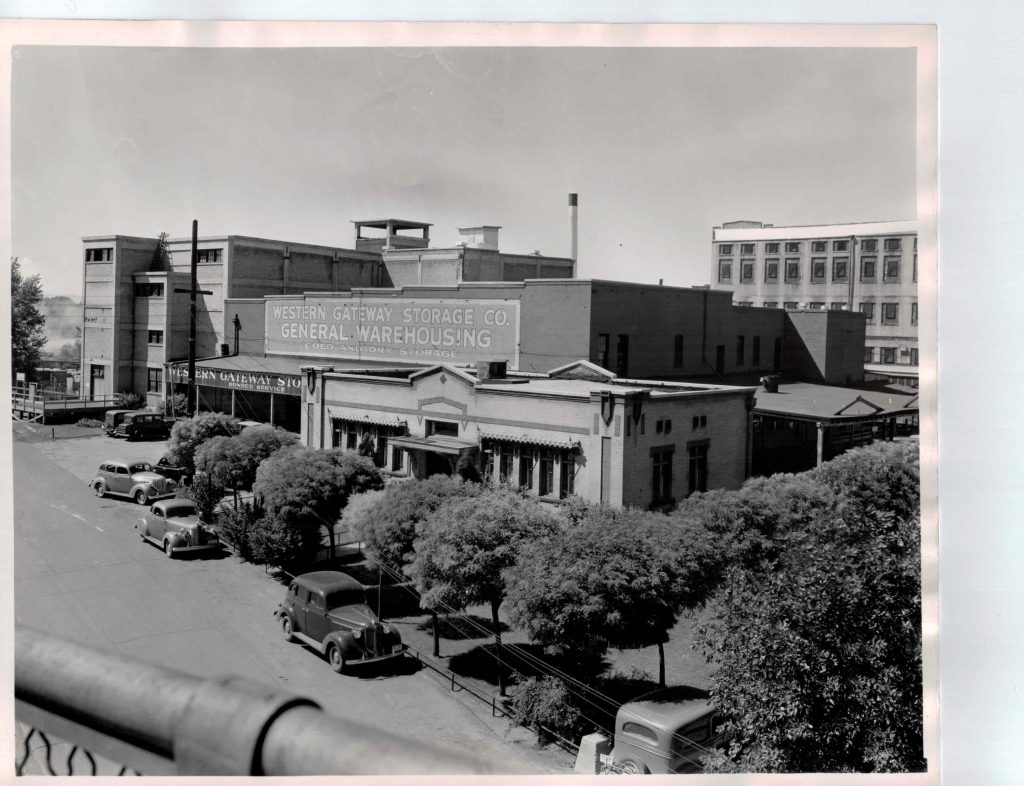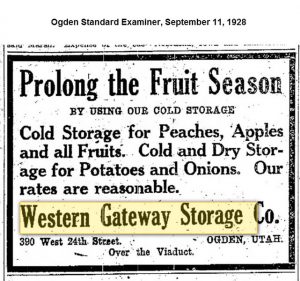Memories
A collection of quick memories shared with us
During our research, many people have shared snippets of experience. Here is a collection. What are yours?
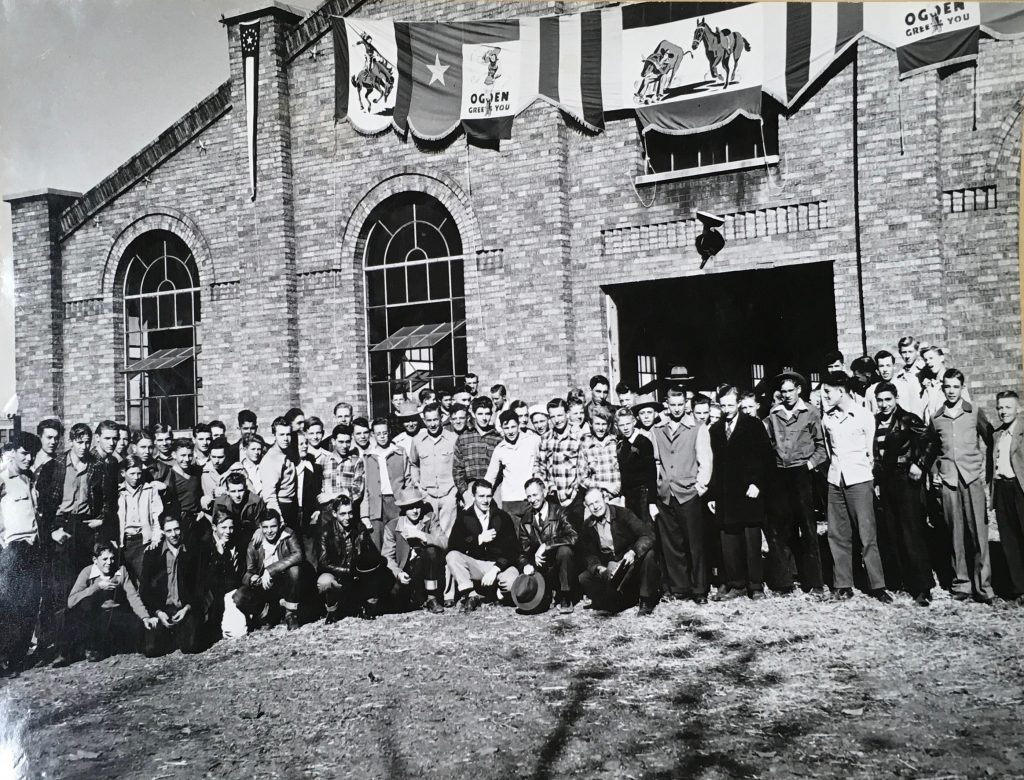
Bear River High School Future Farmers visit the 1945 Show. Special Collections Department, Stewart Library, Weber State University
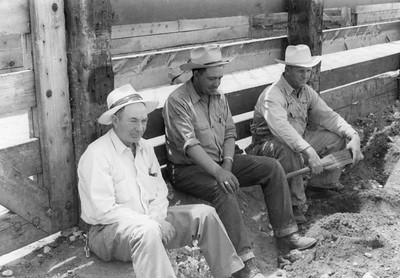
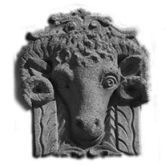
Many locals have shared fond memories from their youth at the Stockyards
During our research we have posted questions on social media and have asked many people their recollections. Here are some of the quick memories we wanted to preserve. Keep checking back because we have a lot more to post.
“I had many a haircut from Al Farber (Farber the Barber) when I was young…”
From Bob Clontz, A macabre story of the stockyards:
My dad worked the night shift as a clerk for 17 years for Ogden Railway and Depot Company at the stockyards. One night he was making rounds with night security . It wasn’t his normal duty so he was just tagging along. In the dark of the cattle pens walkways something hit the guard in the forehead. He shined his flashlight up and discovered that a transient had hung himself from the rafters. It was the man’s dangling feet that the guard had walked into that struck his head. It had to have been in the early 50s. Dad retired from the OUR&D and UP after 42 years. He was the Freight Agent, Lowell Clontz. (Also regarding the Exchange Building…) There was a barber shop on the main level. “Farber the barber “. The exchange offices were on the main floor on the north east side with windows overlooking the stock barns and pens. Cattle brokers had offices on the west end of the building. I am fairly sure the cafe was in the lower level. The building would be called split entry. The main level was a short flight of stairs up from ground level with the lower level having windows. cattle auction day was Monday so it was crazy busy all that day. I would suspect the picture (below) was taken on a Monday.
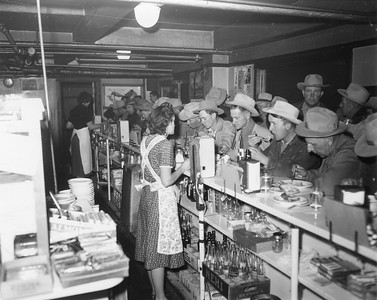
From Jane Chugg Renstrom – He would always catch the cattle rustlers…
My dad worked in this building (the Exchange Building) for many years—I think 30–as a brand inspector. His name was John Chugg. He had an office in the west end with a big roller desk. I loved the smell of the exchange building —barber shop cologne, leather and cattle smell from the cowboys, tobacco ( I watched the men roll their own smokes), and the restaurant down below.
I loved eating at this restaurant (in the basement) and would always order fish and chips. Later I worked for the auction in the building every Monday, and we would always eat down there. Great memories! (In reply to a comment about whether he ever caught people stealing livestock she said this). Yes! He even had lights that fit on the top of his car—police lights. He said he would always catch the cattle rustlers because they would steal cattle the same way over and over again!
From Steve Spurlock – I had many a haircut from Al Farber (Farber the Barber):
My father managed a livestock commission firm John Clay & Company. His office was at the very end of the first floor. I look back on those days fondly. I mean the West end of the first floor. All the other brokers were in that same hall. His office was ornate, with woodwork reminiscent of the auditorium at Ogden High and I loved that woodwork. And I had many a haircut from Al Farber (Farber the barber) when I was young. Click here to read a full oral history from Steve Spurlock, gathered by Weber State University.
Do you have a memory to share? Please drop us a note!
Please use the contact form below, if you have have history to share or to ask questions.
We will do our best to respond back within one business day.
[wpforms id=”139″ title=”false” description=”false”]
Phone
801-917-4299



